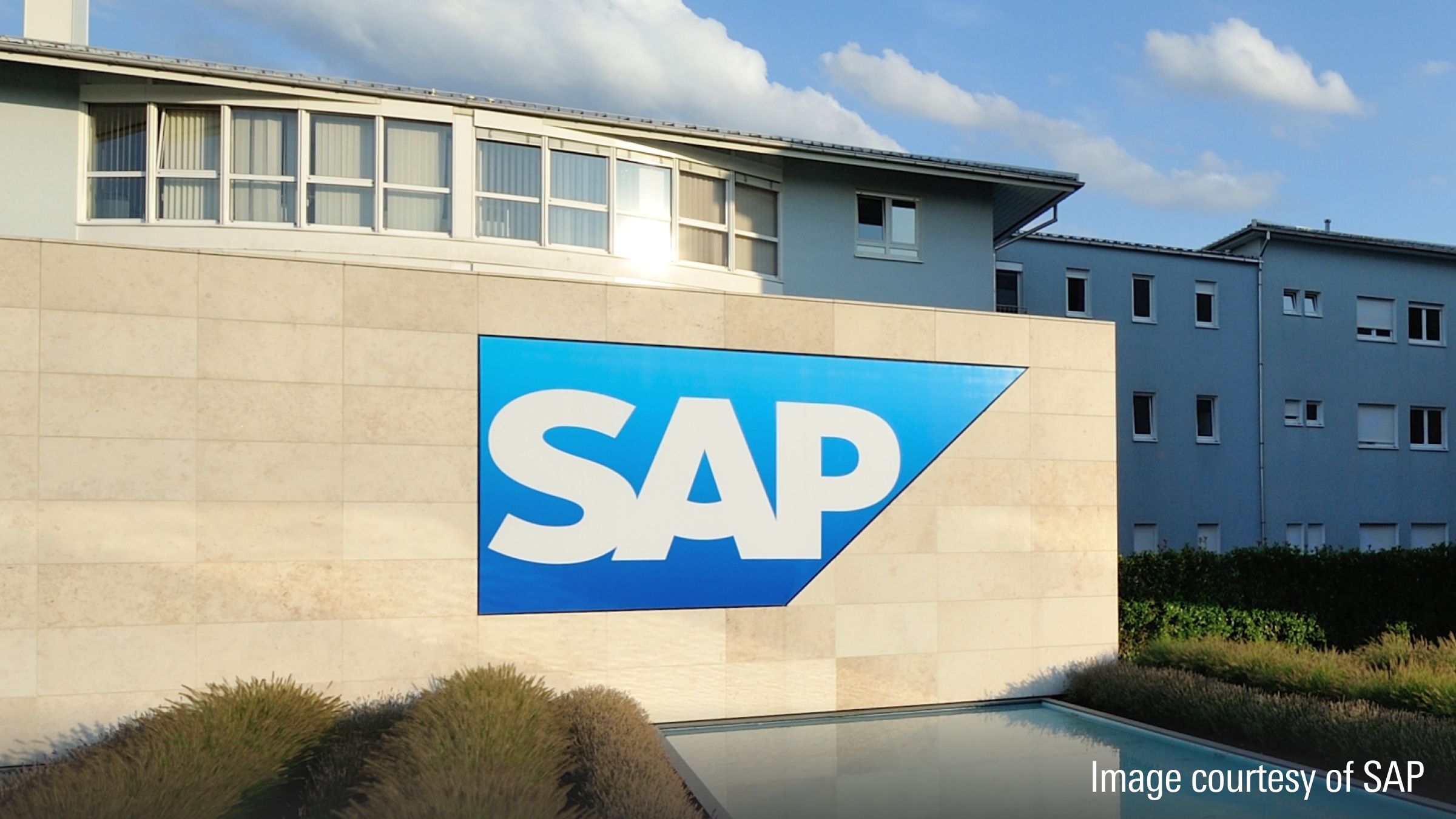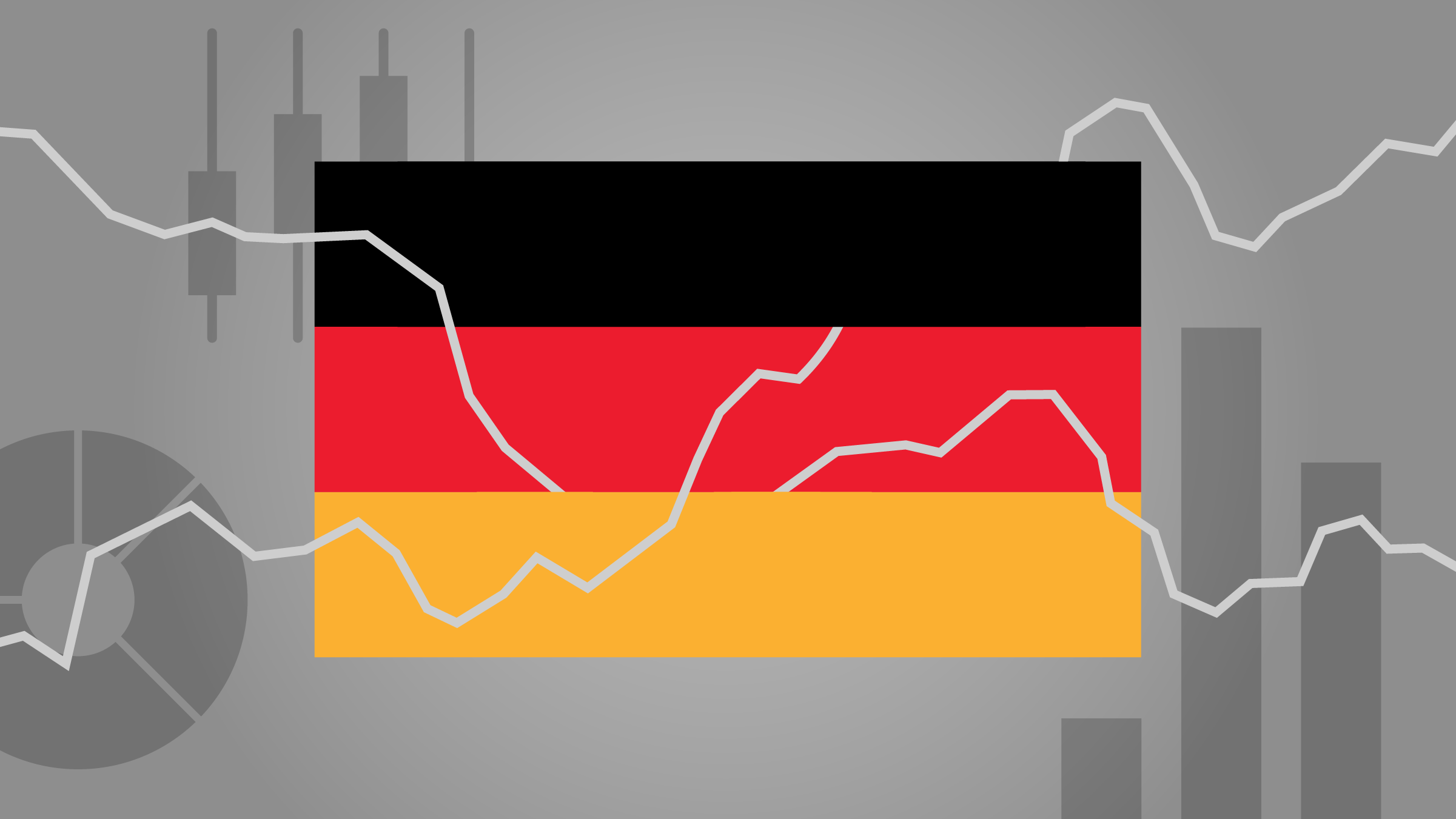Rolle im Portfolio
The db x-trackers iBoxx Global Inflation-Linked TR Index ETF offers investors exposure to the aggregate performance of the major sovereign and quasi-sovereign (e.g. local/regional governments and public bodies, whether national or supranational, backed by governments) inflation-linked bond markets. This ETF is a EUR-denominated financial product whose performance may be affected by foreign exchange fluctuations. This ETF does not distribute dividends.
Protecting an investment portfolio against the damaging effects of inflation is one of the top tips an investor is certain to get. On that basis, inflation-fighters should be part and parcel of an optimal asset allocation. The global scope of this ETF possibly makes it best suited to work within the core of an internationally diversified investment portfolio, rather than one with a restricted geographical bias for which country-specific inflation-linked ETFs may be a better option. Having said this, it is important to underline that the term “global” used to market this ETF is somewhat generous as it only refers to developed economies (e.g. G7 plus Sweden. South Korea is also included, although with a tiny weighting). As such, this ETF may not prove such an effective inflation hedge for investors with investment portfolios geographically biased to emerging and developing economies, as these are statistically more heavily exposed to commodity-led inflationary pressures.
Aside from geographical considerations, investors also need to take into consideration the underlying dynamics of the government inflation-linked bond market. Demand for this type of product is essentially institutional, particularly from the likes of pension funds and insurance companies with asset-liability-matching needs on fairly long-term horizons. As a result, inflation-linked bond issuance tends to have a long maturity bias. This is duly reflected in key metrics for this ETF such as duration (e.g. around the 10-11 year mark), which will determine the value of this ETF as monetary policy settings change. It would be fair to say that the task of monitoring such changes at a “global” scale may be more suited to institutional than retail investors.
Fundamentale Analyse
The global economic recovery is proving fairly uneven with emerging economies generally outperforming their developed counterparts. Against this general backdrop, we are experiencing a slowdown in the pace of activity across the globe in 2012. Still, the emerging vs. develop markets dichotomy in growth patterns continues to shape inflationary pressures globally, with high levels of spare capacity in the developed economies effectively allowing them to keep domestic inflationary pressures at bay. This overall benign inflationary environment in the developed world has been aided by either stabilisation or decline in key commodity prices – bar raw agricultural produce – throughout 2012. This has helped neutralised imported price pressures. The slowdown in demand for raw non-food materials from emerging market economies has been a key factor.
The general consensus is that the inflationary outlook for the world’s developed economies is for a protracted period of subdued domestic-led price pressures. For a start, most developed economies continue to suffer from a considerable degree of slack. Bar some exceptions, sticky unemployment at above-average levels plus the need for most governments to redress their budgetary situation are seen as two key elements that should keep domestic price pressures under control. And so, the crux of the inflationary matter for the developed economies at this juncture seems to lie primarily on the evolution of international commodity prices and the pass-through from emerging markets.
The supply-demand imbalances that pushed most international commodity prices higher in the early stages of 2011 have subsided in 2012 as the global economic recovery has taken a turn for the worse, particularly so in key emerging markets such as China. Despite concerns about the effect of potentially higher food prices going forward, forecasts from international bodies such as the IMF show median inflation rates for developed economies around the 1.5-2.0% area in the medium-to-long term (e.g. out to 2017), with those for emerging market economies broadly stable in a 4.5-6.0% range. It is also important to underline that inflation expectations in most developed economies (e.g. US and Eurozone) remain at levels consistent with monetary policy targets notwithstanding the exceptionally accommodative policy settings in place. The absence of wage-led pressures – no doubt a by-product of highly uncertain labour market conditions – is proving a key element in neutralising inflationary risks.
Indexkonstruktion
The iBoxx Global Inflation-Linked TR EUR Hedged index measures the aggregate performance of the major sovereign and quasi-sovereign inflation-linked bond markets. Issuing countries and sub-sovereign entities must be rated investment grade by the three major rating agencies. Eligible bonds must have a minimum remaining maturity of at least one year at the time of inclusion and must also have a minimum outstanding in their respective local currency. The coupon of eligible bonds must be fixed. Zero-coupon inflation-linked bonds are eligible for inclusion. The index is market capitalisation weighted. As of this writing, countries included in the index were Canada, France, Germany, Italy, Japan, South Korea, Sweden, UK and US. The index is calculated daily on a total return basis using bid prices. Selected price providers submit bond price data three times a day to reflect local market closes in Asia, Europe and the US. These quotes are consolidated and used for the index calculation. The various local market returns are hedged in EUR. Spot and forward rates for hedge calculations are sourced from Reuters three times a day in London. The index is rebalanced monthly on the last calendar day of the month. Coupon income received during the month is held as cash and reinvested in the index at rebalancing.
Fondskonstruktion
db x-trackers uses synthetic replication to track the iBoxx Global Inflation-Linked TR EUR Hedged index. This ETF was launched in June 2007 and is domiciled in Luxembourg. This ETF does not distribute dividends. For its range of fixed income ETFs, db x-trackers uses the unfunded swap model. The ETF buys a basket of securities (ie. substitute basket) from Deutsche Bank while simultaneously entering into an OTC total return swap agreement to receive the performance of the benchmark index of reference (net of fees) in exchange for that of the substitute basket. In most cases, the holdings of the substitute basket for the range of db x-trackers fixed income ETFs tend to have a high correlation with those of the benchmark index. In fact, it is not unusual for the substitute basket to be made up of bonds from the same issuers that the index tracks. Failing that, then the substitute basket would tend to be made up of high-quality bonds. In principle db x-trackers sets out generic limits on the various asset classes the fund can invest in. However, these limits are not fixed and can be changed to account for market circumstances. A snapshot at the time of this writing (e.g. early November 2012) showed that the ETF’s substitute basket was made up of 81 sovereign bonds – mostly inflation-linked – from seven issuing countries (e.g. G7 ex-Canada plus Sweden), while the underlying iBoxx index was made up of 108 constituents (100 index-linked sovereigns and 8 quasi-sovereigns) from the nine issuing countries. According to UCITS III regulations, individual counterparty risk exposure is limited to 10% of the fund’s NAV at any point in time. According to our research, in the case of fixed income ETFs, db x-trackers has a generic policy of re-setting swaps to zero when counterparty exposure reaches 5% of NAV and/or whenever there is creation or redemption of units. The frequency of swap resetting can be daily. We understand that db x-trackers’ policy is not to engage in securities lending, which serves to minimise counterparty risk.
Gebühren
The total annual expense ratio (TER) is 0.25%. This seems to be the average for European-domiciled ETFs offering exposure to the global government inflation-linked bond market. Additional costs potentially borne by investors and not included in the TER include bid/offer spreads and brokerage fees when buy/sell orders are placed for ETF shares.
Alternativen
The db x-trackers iBoxx Global Inflation-Linked was the first ETF in the European market to offer investors exposure to the performance of the global government inflation-linked bond market. After a year-long unopposed market run, iShares launched the Barclays Capital Global Inflation-Linked Bond ETF as a direct competitor for investors’ attention. As of writing, the db x-trackers ETF remains market leader as measured in assets under management (AUM) terms, with around 65% market share versus 35% for the iShares fund.
Also charging a TER of 0.25%, the iShares ETF is physically-replicated and tracks a Barclays Capital index that measures the performance of government inflation-linked bonds issued by the major developed economies. Restricting the bond universe to just sovereigns rather than both sovereigns and quasi-sovereigns, as opposed to the iBoxx index the db x-trackers ETF seeks to replicate, has little practical effect with regards to index construction as quasi-sovereigns represent less than 10% of the bond universe. However, the two indices differ in terms of rating criteria for eligible bonds, and as of this writing the Barclays Capital index tracked by the iShares ETF does not include Italian inflation-linked government bonds. Aside from the replication methodology employed, another key difference between these two ETFs resides in the fact that the iShares fund is USD-denominated.
















